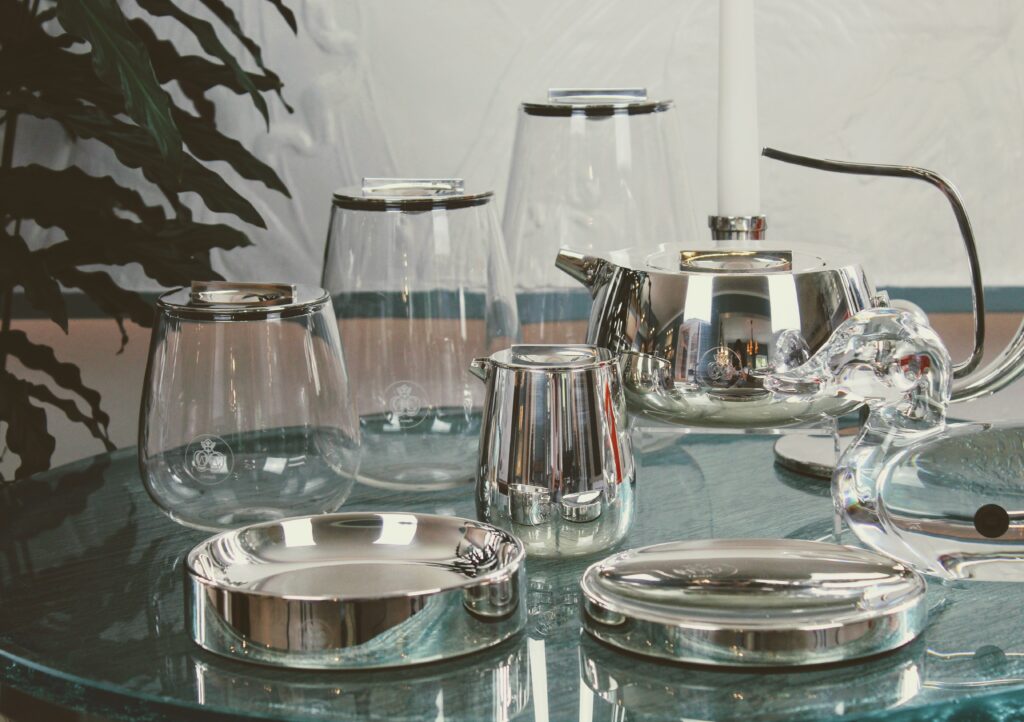Silverware or silver-plated metal?

Whether you have inherited cutlery or found a pretty cutlery set at a flea market or received a piece of jewelry for Valentine's Day, it is important for you to know whether these objects are made of solid silver or silver-plated metal. Of course, their sentimental value is priceless, but their market value is quite different.
Solid silver: Solid silver is a soft metal, which is why it is used in alloy with copper. This alloy can vary in a well-regulated percentage but the most common are 925 thousandths of silver (92.5%), 900 thousandths of silver (900) or 800 thousandths of silver (800). Silver objects or cutlery, old or current, all have this guarantee or title hallmark and another dedicated to the master goldsmith generally inscribed in a diamond.
Silver metal refers to a metal object covered with a thin layer of silver. This does not blacken much when exposed to air, but it can take on a slightly golden color in some places with use and time. This is actually the color of the metal the object is made of; usually copper and bronze. They can also have a hallmark, usually square with a number written inside.
Little tips to differentiate them:
Little tips to differentiate them:
- The punch, of course
- The magnet test: silver is not magnetic, your item will not be attracted to the magnet. However, it could be silver metal if your test is positive.
- The ice cube test: silver is the metal with the highest thermal conductivity. Place an ice cube on your object, if it melts instantly, you are in the presence of a silver object, you will almost have the impression that the ice cube has been placed in contact with a heated object.
©Myriam Thibaut de Maisières



